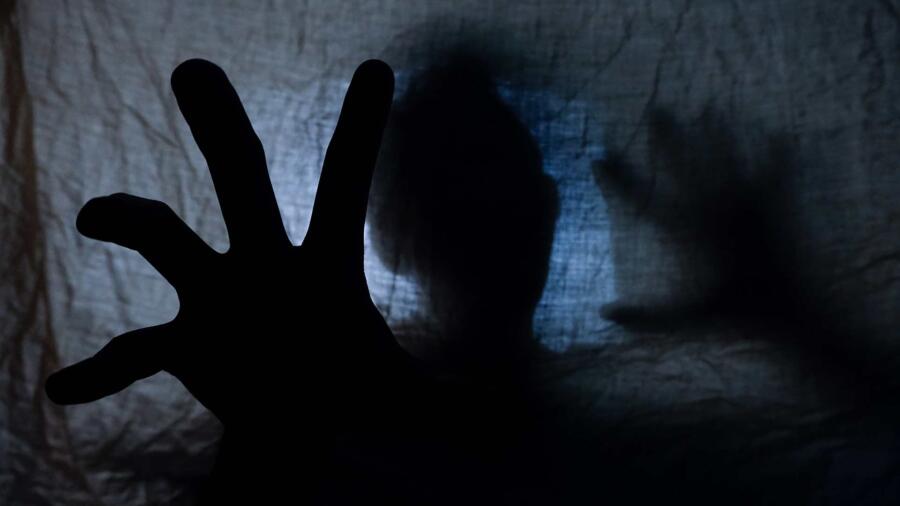In the dark world of crime, few cases have changed history like the Southside Strangler. In 1987, fear spread across Virginia as women were attacked in their homes. At first, no one knew who was behind it. But soon, a powerful new forensic tool—DNA technology—would change everything.
A Frightening Pattern Begins
Timothy Spencer, known as the Southside Strangler, stalked his victims under the cover of night. He targeted women living alone. Each time, he broke into their homes, assaulted them, and used items like belts or socks to strangle them. Then, he disappeared without a trace.
The crimes shook entire neighborhoods. Police searched desperately for leads but found very little. Clearly, something had to change.
Bright Lives Lost
Spencer’s victims came from different backgrounds, but all shared one thing: they had promising futures.
- Susan Tucker (44) worked for the U.S. Forest Service. Her body was found in her Arlington home.
- Debbie Dudley Davis (35) was a magazine account manager. She was murdered in Richmond.
- Dr. Susan Hellams (32) trained as a neurosurgeon. Spencer killed her in her own bedroom.
- Diane Cho (15) was a straight-A student. Her parents tucked her in one night, only to find her dead the next morning.
These tragic stories highlight how deeply the community felt the impact of each loss.
A Detective’s Suspicion Changes Everything
Detective Joe Horgas from Arlington noticed something others missed. He thought the recent killings looked similar to an older case: the 1984 murder of Carolyn Hamm, an attorney. Although police had convicted David Vasquez, Horgas believed they had the wrong man.
He took a bold step. Instead of trusting the old evidence, he submitted semen samples from both the Hamm and Tucker cases for DNA analysis—a relatively new tool at the time.
A New Tool: DNA Testing
Back then, few people understood how DNA worked in criminal cases. Still, the risk seemed worth it. Horgas sent the evidence to a lab in New York called Lifecodes. He hoped that science could confirm what his instincts told him.
Meanwhile, an FBI profiler believed the killer might have spent time in prison between the 1984 and 1987 murders. This detail gave police a fresh lead.
They soon focused on Timothy Spencer, a man with a burglary record. Records showed that he had been in prison during the quiet years—and released just before the killing spree resumed.
A Breakthrough and an Arrest
Police arrested Spencer in January 1988 at a halfway house in Richmond. During the search, they found something chilling: a hand-drawn infinity symbol on his mattress. Investigators had seen the same symbol on Diane Cho’s body.
Then came the moment that changed everything. DNA tests showed a match between Spencer and samples found at the crime scenes. The odds of another match? A staggering 1 in 705 million.
The First Conviction by DNA
In July 1988, the courts convicted Timothy Spencer using only DNA evidence—a first in U.S. history. He later received additional convictions in all four murders and was executed in 1994.
As for David Vasquez, the man wrongfully imprisoned for the Hamm case, he was exonerated in 1989. Thanks to DNA, justice finally found its way.
No Clear Motive, No Past Trauma
Psychologist Dr. Joni Johnston, who studies serial killers, found Spencer’s case puzzling. Unlike many killers, he had no history of abuse or trauma. She said, “He comes as close to a born killer as I’ve ever seen.”
Criminologist Stephen Jones agreed. He noted that without DNA, Spencer might have escaped justice. His method matched other unsolved cases, but DNA sealed his fate.
The Legacy of the Case
Spencer’s conviction did more than close a case. It launched a new era in forensic science. Before this, DNA wasn’t trusted in courtrooms. After Spencer’s trial, it became one of the most reliable tools in law enforcement.
As Rick Conway, a former assistant attorney general, explained, “DNA gave juries a voice of science. It turned guesses into facts.”
FAQs
Why did police suspect Timothy Spencer?
He had a past criminal record and had just been released before the murders resumed. The timing fit perfectly.
What role did DNA play in solving the case?
DNA testing linked Spencer to all the crime scenes, proving his guilt beyond doubt.
Was someone else wrongfully convicted first?
Yes. David Vasquez was falsely convicted for one of the murders. DNA evidence later cleared his name.
How accurate was the DNA match?
The odds of the DNA belonging to someone else were one in 705 million.
Did Spencer show signs of mental illness?
No clear psychological problems were found. Experts found his case unusual because of this.
What impact did this case have on forensics?
It was the first case to use DNA for a murder conviction. This set the standard for future investigations.
Closing Thoughts: A Case That Changed the Rules
The Southside Strangler left a deep scar, but his case also brought progress. Thanks to DNA evidence, law enforcement could finally fight crime with precision. Spencer’s story didn’t just end in the courtroom—it began a new era where science speaks louder than fear.

